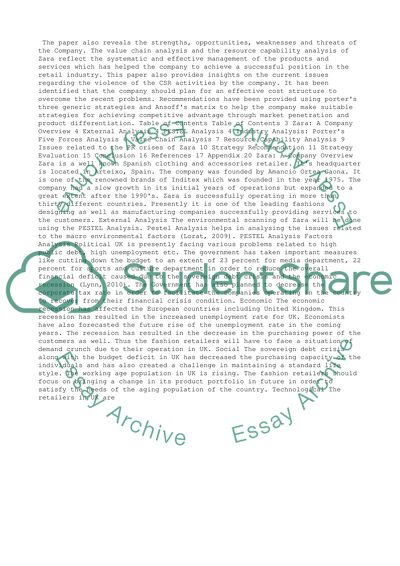Cite this document
(“Strategic Perspectives Essay Example | Topics and Well Written Essays - 4000 words”, n.d.)
Retrieved from https://studentshare.org/business/1474314-strategic-perspectives
Retrieved from https://studentshare.org/business/1474314-strategic-perspectives
(Strategic Perspectives Essay Example | Topics and Well Written Essays - 4000 Words)
https://studentshare.org/business/1474314-strategic-perspectives.
https://studentshare.org/business/1474314-strategic-perspectives.
“Strategic Perspectives Essay Example | Topics and Well Written Essays - 4000 Words”, n.d. https://studentshare.org/business/1474314-strategic-perspectives.


